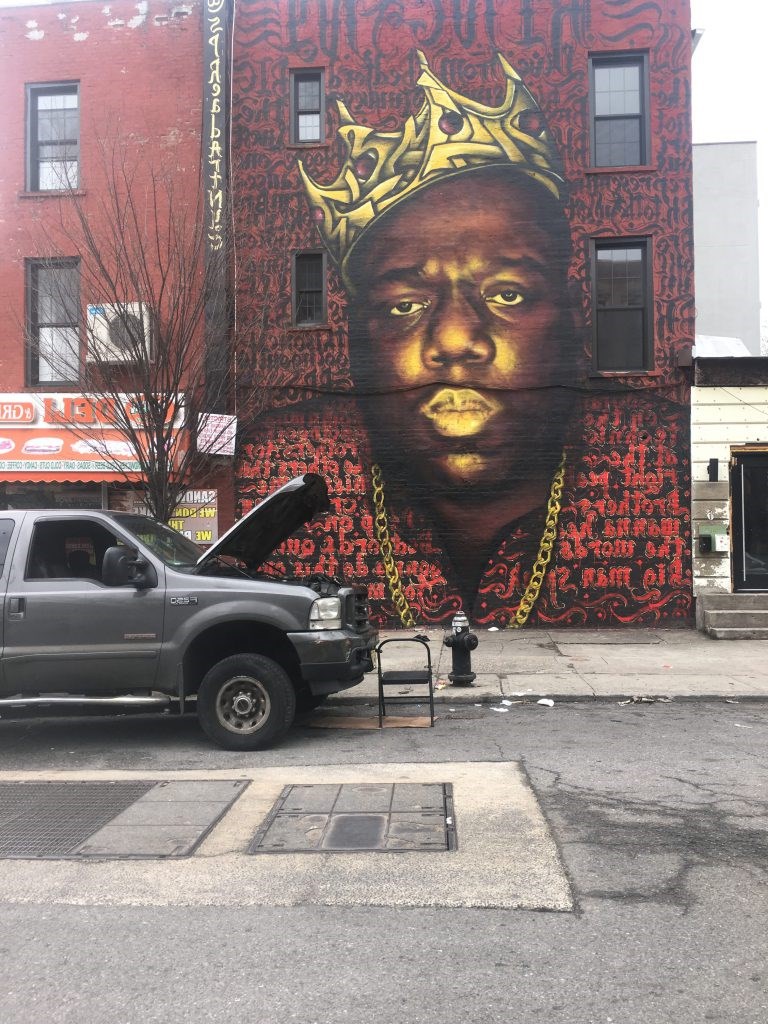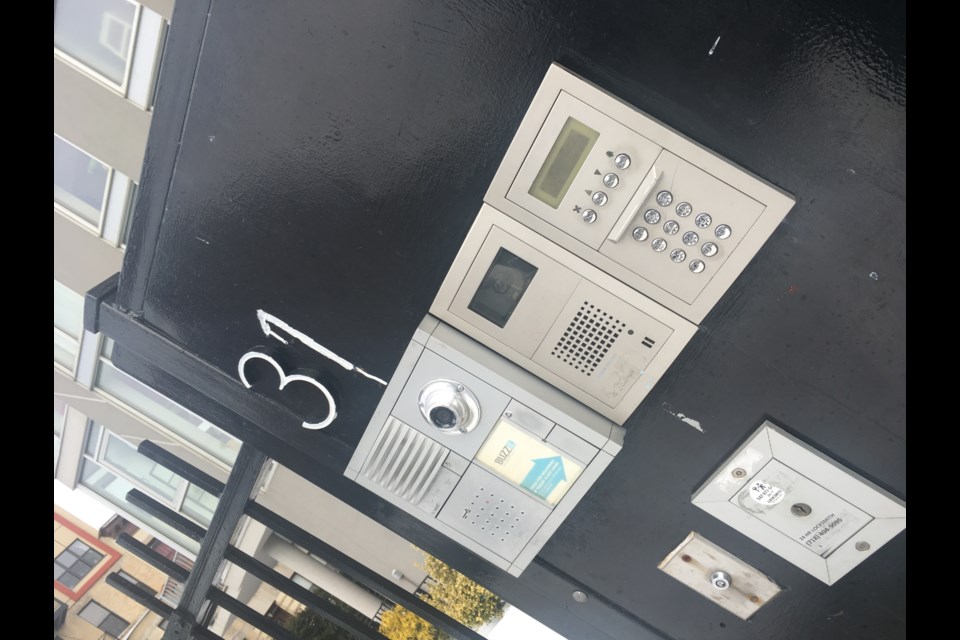
"Growing up in the streets of Bed-Stuy, it was hard, yo."
~The Notorious B.I.G.
"Bed-Stuy, Do or Die" also known as Bedford-Stuyvesant is a moniker popularized by Spike Lee in his movie, "Do the Right Thing," which was also the setting for the movie.
But even before the movie, Bed-Stuy has always been a popular and recognizable neighborhood in Brooklyn. Many well-known figures and celebrities were either born, raised or currently live in Bed-Stuy, including Chris Rock, Mos Def, Walt Whitman, Nora Jones, Jackie Robinson, Shirley Chisholm, Lena Horn, Michael Jordan, Aaliyah, Judith Sheindlin (Judge Judy), Lenny Kravitz, Jay Z... and, of course, The Notorious B.I.G.!
While its African-American heritage once earned the area the nickname of "Brooklyn's Little Harlem," today's Bedford-Stuyvesant is a neighborhood in transition. Bed-Stuy has experienced several waves of gentrification in recent years, with many young, white families mixing into the historically black neighborhood.
Bed-Stuy's population is close to 370,000. The area is bordered from Flushing Avenue to the north bordering Williamsburg; Classon Avenue to the west bordering Clinton Hill; Broadway Avenue to the east bordering Bushwick; and Atlantic Avenue to the south bordering Crown Heights and parts of Brownsville.
Bedford-Stuyvesant's zip codes include 11205, 11206, 11216, 11221, 11233, and 11238. The main area in the neighborhood is runs along Nostrand Avenue, but the main shopping street is Fulton Street that runs all the way through Fort Green into Downtown Brooklyn.
The subway stations play a big role in the Bed-Stuy. Bedstuy has long been a cultural center for a while for the area's black population. Before than, it was Harlem until Harlem started getting overcrowded. The neighborhood is apart of the Brooklyn's Community Board 3, and is patrolled by the 79th & 81st police precincts.
The neighborhood's name is a combination of the name of the village of Bedford and Peter Stuyvesant, the last governor of the colony of New Netherland. Construction of masonry row houses in the 1800s began to transform the rural district into an urban area. The first row of masonry houses in Stuyvesant Heights was built in 1872 on McDonough Street.
Beginning in the 2000s, the neighborhood began to experience gentrification. The two significant reasons for this were the high concentration of affordable housing stock of brownstones and the decrease of crime in the neighborhood. Many properties were renovated after the start of the 21st century and crime declined. New retail stores, bakeries, cafes, and restaurants opened, and fresh direct began delivering to the area. As a result, Bed ford—Stuyvesant became increasingly racially, economically, and ethnically diverse, with an increase of foreign-born African-Caribbean and African residents, as well as residents of other ethnic backgrounds.
Fulton Street and Nostrand Avenue were popular commercial corridors and soon became part of the Bed-Stuy Gateway Business Improvement District, bringing along with it a beautification project that provides various pedestrian and landscape improvements.
Please enjoy these photos I took of Bedford-Stuyvesant, Brooklyn. Exposed, through my camera lens.




